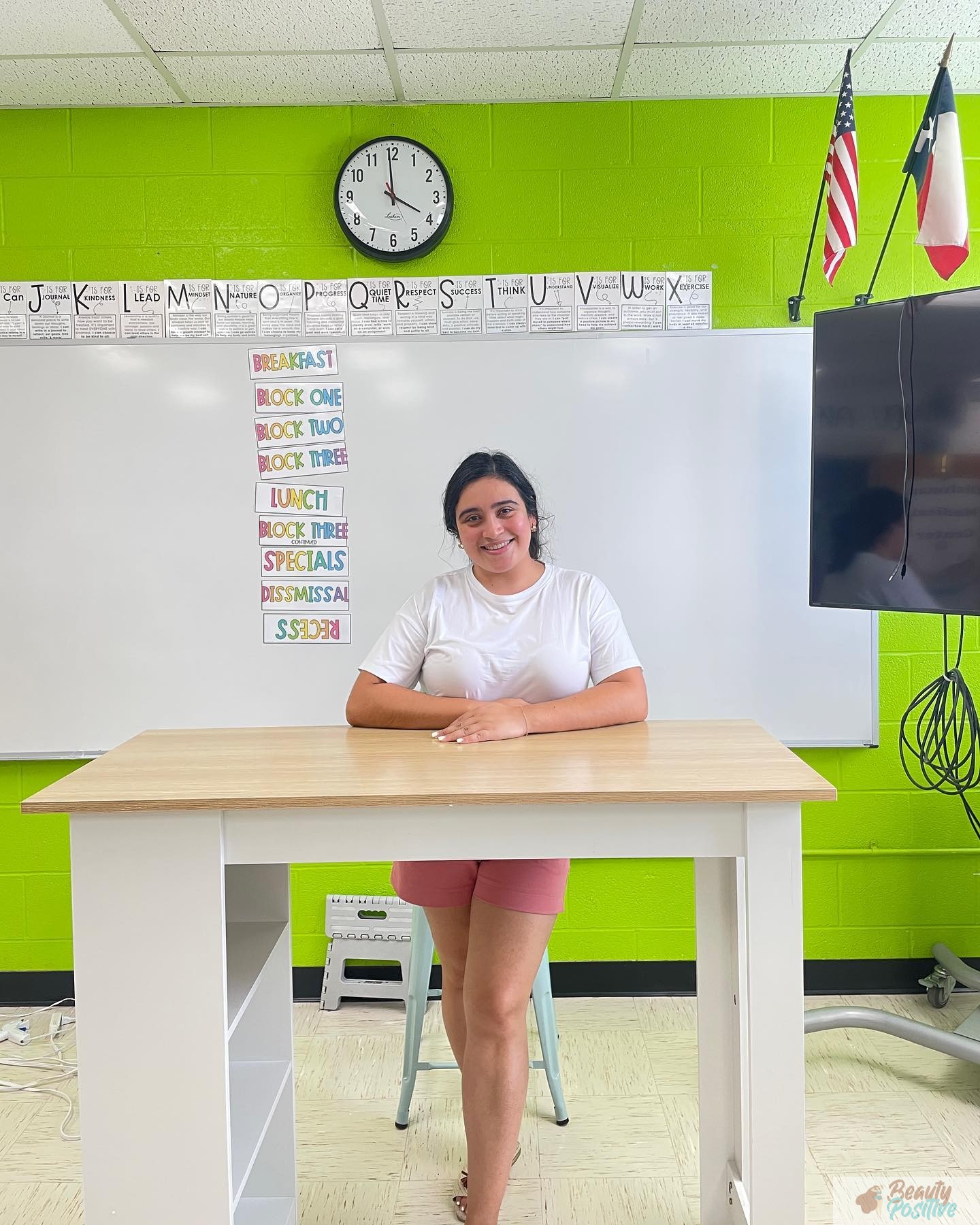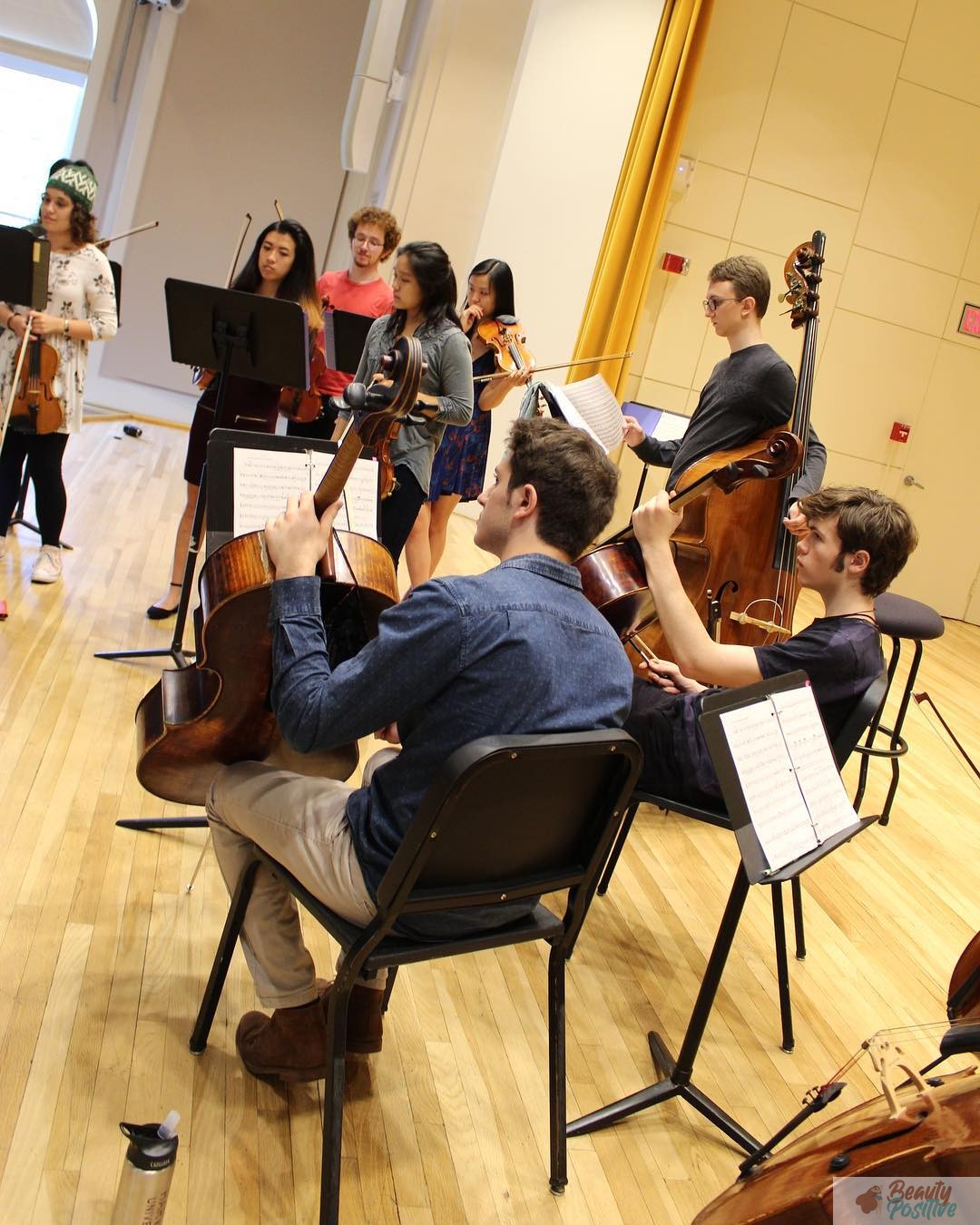Student loan debt and student loan forgiveness have become nationwide discussions, especially regarding what to do about the mounting debt owed by millions of Americans. Currently, the total amount of student loan debt held by Americans stands at $1.8 trillion dollars, nearly twice the national credit card debt, and second only to mortgages. With increasingly more Americans struggling to make payments both before and after COVID, politicians, borrowers, and many others have called for cancelation at the federal level to help keep American families from being bogged down with debt. While that debate is far from settled, borrowers may still have opportunities to become debt-free.
Student loan forgiveness, cancelation, and discharge all achieve the same result, the removal of your responsibility to pay back your loans and the expunging of the debt, but they do so under different circumstances. Forgiveness and cancelation occur because of terms, conditions, and agreements you may already have in place with your employer or lender, such as partial or total forgiveness after a certain number of years or payments, or some similar repayment agreement. Discharge occurs because of other circumstances, often life-altering or extraordinary ones such as serious illness, permanent disability, or some other catastrophic event. In some cases, colleges that were found to have used predatory lending practices or engaged in other nefarious practices had their students’ loans discharged by the federal government.
Student Loan Forgiveness Through Employment

Of all the ways to liberate yourself from your student loan debt, going through one of the employment options is, at least in theory, one of the easiest. If you work in a US local, state, tribal, non-profit, or federal government position, you may qualify for the Public Service Loan Forgiveness (PSLF) program. As is often the case, the answer to whether or not you qualify is “it depends.” To qualify, you must meet the following criteria:
- Work full-time for a local, state, federal, or tribal government/non-profit organization (military service counts).
- Make 120 consecutive payments (equal to 10 years) on an income-based repayment plan (your monthly payment will be determined by your taxable income).
- Have a Direct Loan (other loan types do not qualify).
In order for the payments to count towards your 120 total, they must be made while your loans are in repayment, meaning the time spend in deferment, forbearance, in-school status, or the grace period after graduation won’t count. However, the emergency forbearance period enacted by the federal government from March 2020 to August 2022 does count towards the 120- payment target.
As straight-forward as it seems, there are some caveats. There’s no way to speed the process up, even if you have the money to do so. The program counts the number of months in which you make qualifying payments, not the amount paid. As far as the program is concerned, 120 payments of $1 or $1,000 are the same. While you can pay more to decrease the amount of overall debt you owe and hopefully pay your loans off faster, it won’t speed up the pace of your loan’s forgiveness.
With that said, the list of qualifying employers is larger than one might think at first glance, and includes working for labor unions, certain political organizations, and even government contracting. Despite government contractors being for-profit enterprises, they still qualify towards student loan forgiveness, and there are more of them than many people realize. From shipping and logistics to food and beverages and a myriad of other fields, there is more than likely a government contractor (or likely several) for every field one might wish to work in. Programs such as the Peace Corps or AmeriCorps may also qualify.
Student Loan Forgiveness for Teachers

If you teach in either elementary or high school, you may also qualify for additional student loan forgiveness options. While the loan forgiveness afforded in these programs is nowhere near as extensive as the Public Service Loan Forgiveness (PSLF) program, many educators will tell you that every little bit helps.
Teachers who specialize in math, science, or special education can receive up to $17,500 in student loan forgiveness after only five years of teaching. Math and science teachers in secondary schools and special education teachers at the elementary level may qualify providing they:
- Are “highly qualified,” which to the federal government means having at least a bachelor’s degree and state teaching license.
- Do not have any of their certifications waived.
- Teach in a low-income elementary school, secondary school, or similar educational agency.
As you can see, the qualifications for this student loan forgiveness track are narrow, and only apply to teachers of specific levels and disciplines. Teachers of other subjects may only receive $5,000 in student loan forgiveness. Even so, the average student loan debt for teachers in the United States is around $51,000, meaning math and science teachers could have over 30% of their student loan debt forgiven in five years. As with the PSLF, only Direct Loan borrowers are eligible.
Student Loan Forgiveness from Income-Driven Repayments

While programs like the PSLF will be helpful for many borrowers, there are a multitude of others who graduate into non-public service fields. For borrowers such as these, income-driven repayment (IDR) plans may be the best solution. Under the terms of most plans, borrowers will have to make on-time monthly payments for a period of time, usually 20-25 years depending on the servicer and the plan, at which point any remaining debt will be forgiven.
Income-based repayments are the most common for most borrowers and will cap your monthly payments at 10-15% of your discretionary income, providing welcome relief to borrowers across the country. Forgiveness occurs after 20 years for those who qualify for 10% payments, and 25 years for those on the 15% plan. You should ask your loan servicer which of the two you can qualify for.
An additional benefit of income-driven student loan forgiveness is that not only federal Direct Loans are eligible, providing that the loans are in the borrower’s name and not a patent. Consolidation may be an option by which to enroll parent borrowers in an IDR program. The following loans are available for non-parent student loan forgiveness:
- Direct Loans (PLUS, consolidated, subsidized and unsubsidized)
- Federal family Education Loans (FFEL)
- Perkins Loans
Student Loan Forgiveness Through Discharge

Student loan forgiveness may also be available in the case of certain rare, catastrophic events. Unlike the loan forgiveness programs mentioned earlier, discharges are not something most people will want since they often come about as a result of harrowing circumstances.
Discharge Due to Death
In the event of a borrower’s death, a death certificate may be submitted along with an application form to discharge any and all federal student loans. In the case of a parental cosigner, the loan is discharged if either the parent or the borrower passes away.
Total and Permanent Disability

In the event that a borrower becomes totally or permanently disabled, they may apply for a disability discharge of their Direct, Perkins, or FFEL loans. TEACH grants may also be discharged. The determination of disability must be made by the U.S. Department of Veterans Affairs (VA), the Social Security Administration (SSA), or a qualified physician. In the case of the VA or SSA, you may receive a notification by mail that you may qualify for a disability discharge even though you haven’t applied. Both organizations attempt to proactively identify potential candidates and connect them to the help and services to begin the process. Visit https://www.disabilitydischarge.com to learn more.
School-Related Discharges

School-related discharges are far less dire than the previous two examples and are based on behaviors by the school or institution which conferred the degree. Different categories exist, including the closed-school discharge, false certification discharge, borrower defense to repayment, or the unpaid refund discharge. The closed-school discharge applies if your institution closed while you were in school or not long after your graduation. The borrower defense to repayment is available if the institution was involved in a variety of illegal activities related to your loan, or if certain state-specific conditions are met. Similarly, if your eligibility to receive a loan in the first place was misrepresented by the institution, the false certification discharge may apply. Finally, if you left school but the institution did not return the necessary funds to the lender, you may qualify for the unpaid refund discharge. In some cases, predatory lending practices by for-profit institutions have also been grounds for relief by the federal government after legal proceedings.
Bankruptcy and Identity Theft

While bankruptcy and identity theft are not life-ending, they are certainly life-altering, and as such student loan forgiveness may be available. Discharge through bankruptcy is notoriously difficult to receive, and usually require a settlement where the borrower pays some, but not all of the loan. Examples of full forgiveness due to undue hardship are even rarer and highly unlikely. Borrowers experiencing identity theft may also be eligible for discharge of fraudulently obtained loans, though they will need to prove the loans were unauthorized.
View this post on Instagram
Conclusion
While the debate surrounding total student loan forgiveness for all Americans rages on, borrowers struggling to make payments or who have been making payments for years need not wait on political discourse to seek relief.
Senior Policy Analyst Inez Stepman @InezFeltscher talks about the student loan forgiveness scam: “It’s hard to imagine how we could screw up higher education any more than we already have, but we’re about to, if we make student loan forgiveness a reality.”
Credit: @PragerU pic.twitter.com/XqvDjkyfSa
— The Post Millennial (@TPostMillennial) August 10, 2022
Several options are available for those willing to do a little reading and more than a little paperwork.
